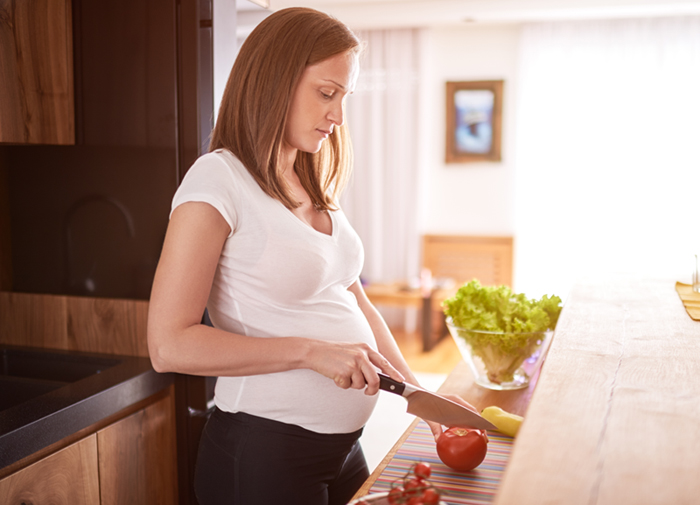
Iron for powerful women – through everyday life with more energy
Iron deficiency is one of the most frequent deficiency symptoms worldwide. According to the World Health Organization (WHO), up to two billion people suffer from a deficiency of this mineral. Women are most at risk.

Multifunctional iron
Iron is particularly important for the body because it is involved in numerous metabolic processes in the human organism. As a component of the red blood pigment haemoglobin, the mineral is particularly responsible for transporting oxygen in the body. In addition, iron plays an important role in cognitive function, the immune system and can help reduce fatigue.
Symptoms of iron deficiency
Iron deficiency manifests itself in very different ways from person to person. Often, those affected feel tired and weak for no apparent reason. A deficiency can also become noticeable in the form of the following symptoms:
· Reduced ability to perform and concentrate
· Pale appearance of the skin
· Brittle nails and hair
· Sensitivity to cold
· Dizziness
· Weakened immune system and greater susceptibility to infections
Risk group women
Due to menstrual blood loss, iron deficiency usually affects women of childbearing age. Heavy menstrual bleeding, in particular, can quickly lead to iron deficiency. During pregnancy, women need almost twice the amount of iron because the mother’s blood volume, which is required for the growing child, increases. The American Institute of Medicine recommends a daily intake of 27 mg iron for pregnant women, while the German Nutrition Society (Deutsche Gesellschaft für Ernährung e.V.) generally recommends a daily intake of 30 mg. However, iron supplements should only be taken during and after pregnancy as part of a medical examination of your iron levels and with corresponding instructions. The following graph shows the daily iron requirements of girls and women in their various phases of life (Deutsche Gesellschaft für Ernährung e.V.). (2019): Iron recommended intake. https://www.dge.de/wissenschaft/referenzwerte/eisen/).

Die folgende Grafik zeigt den täglichen Eisenbedarf von Mädchen und Frauen in ihren verschiedenen Lebensphasen (Deutsche Gesellschaft für Ernährung e.V. (2019): Eisen Empfohlene Zufuhr. https://www.dge.de/wissenschaft/referenzwerte/eisen/).

Iron-rich diet
The human body cannot produce iron itself, so it must be ingested through food. Women in particular should therefore pay particular attention to having a diet rich in iron, as they can easily develop an iron deficiency. A good source of iron is dark meat such as beef, veal and game. Duck is suitable for poultry lovers.

But iron can also be easily absorbed through a vegetarian diet. Legumes such as lentils and beans as well as dark green leafy vegetables, nuts and certain cereals contain a lot of iron. However, humans can better utilise iron from animal-based foods, called heme iron, than iron from plant sources. Iron in fruits and vegetables is usually present in trivalent form (Fe3+) and must first be converted into a soluble form and reduced to divalent iron (Fe2+). Heme iron in meat is already present as divalent iron and is absorbed around 2 to 3 times better by the human organism.
Since the combination of iron with vitamin C increases the bioavailability of plant-based iron, the consumption of orange or lemon juice during a meal can be beneficial, especially within a plant-based diet. Coffee and tea, for example, inhibit iron intake and should not be consumed at the same time or one hour before or after a meal.
